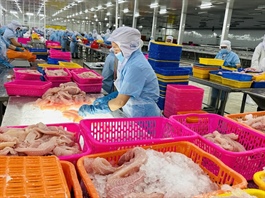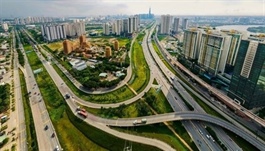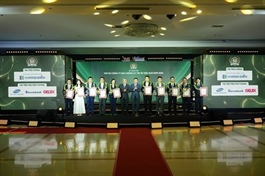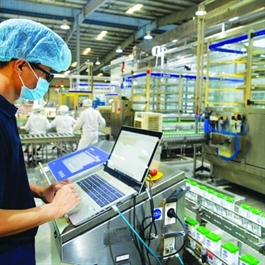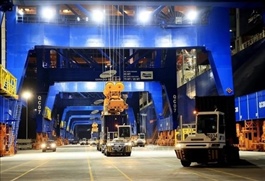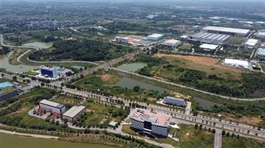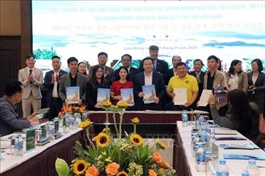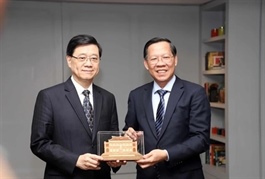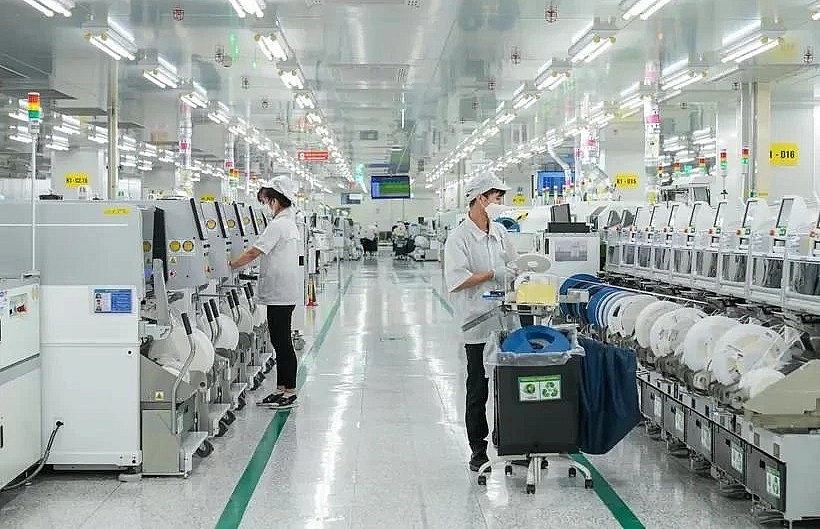Thai Nguyen shows what it takes to reach 2024 goals
Thai Nguyen shows what it takes to reach 2024 goals
Thai Nguyen province has secured inspiring growth indexes in the first half of this year, laying firm groundwork to reach full-year targets.
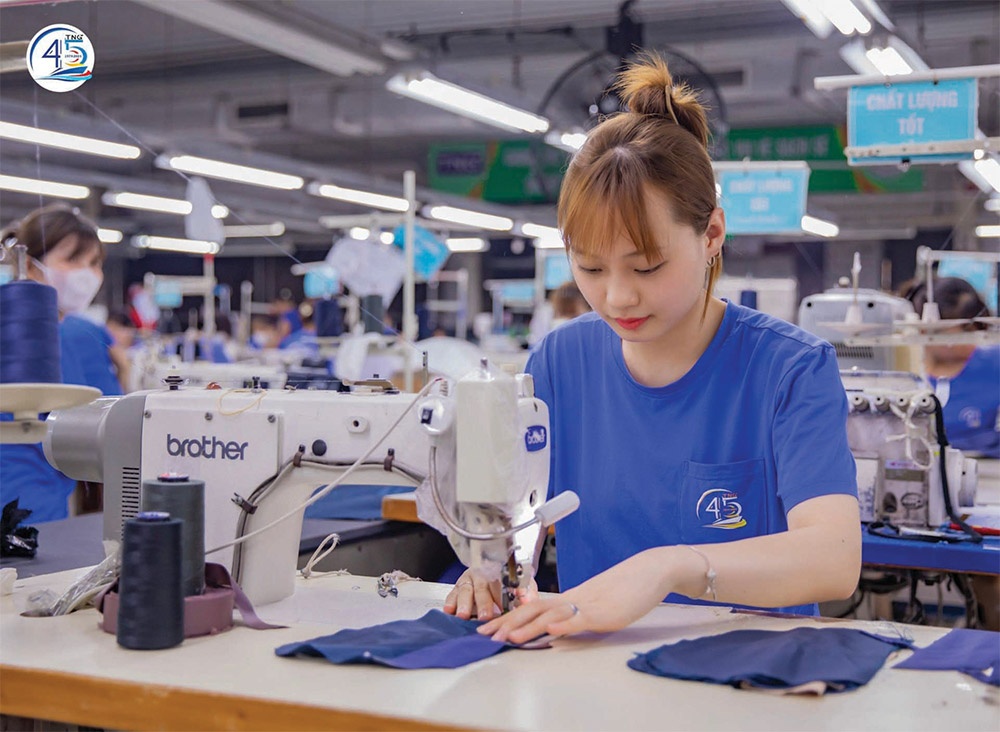
The northern province’s economy expanded 6.03 per cent in the first six months of 2024, compared to 5.17 per cent in the same period of 2023, ranking fifth out of 14 localities in the northern midlands and mountainous region.
Notably, Q2 marked a positive rebound with regional GDP surging 6.8 per cent on-year compared to 5.15 per cent hike in Q1.
Several highlights in H1’s development in the province include gross industrial production, which surpassed $17.6 billion, up 6.21 per cent on-year.
The prospering industry was reflected in the index of industrial production, which expanded 6.97 per cent during the period, in which the processing and manufacturing sector growth surpassed 7 per cent.
A major contribution to the province’s gross industrial production came from foreign-invested enterprises, which amounted to $16.4 billion, surging 6.7 per cent, while Vietnamese businesses pooled in $817 million, up 6.62 per cent on-year.
Alongside industry, the production value of the agro-forestry-fisheries sector came to $350 million, up 3.75 per cent on-year. The trade and services sector also eyed fair growth.
Of note, the scale of export continues to unfold. Accordingly, in H1, the province’s total export value climbed to $15.4 billion, showing a 19.2 per cent jump, equal to just over half of the full-year projection.
With such figure, Thai Nguyen is one of six localities nationwide scoring export value surpassing $10 billion mark.
Generally, the province’s total export and import value exceeded $24.2 billion in H1, up 18.2 per cent on-year, compared to a 25 per cent contraction in H1 of 2023.
Kim Daesu, representative director of KSD Vina Co., Ltd., one of the first supporting industry businesses for Samsung in Thai Nguyen, revealed that each month, the company exports more than two million electronic components to South Korea, the US, and India.
“During operations, we have received maximum support from Thai Nguyen’s management and local agencies, especially from the provincial customs agency. With the e-customs clearance system in place, almost all import and export procedures are now carried out at the company site. When any changes occur, we are quickly informed through email, helping to save on time and costs, ensuring our stable production,” said Kim.
In respect to investment attraction, in H1 Thai Nguyen granted new investment certificates to 11 foreign-led projects valued nearly $488 million, and 12 existing projects sought capital addition with a total supplemental value reaching $63.4 million.
Cumulatively, the province is currently home to 220 foreign-invested projects valued at $11.26 billion, firmly securing a spot in the Top 10 localities countrywide in foreign investment attraction.
To strengthen investment attraction efficiency, Thai Nguyen has constantly reformed administrative procedures to create an open and transparent investment environment; while also actively removing problems to support businesses and investors in project implementation.
Nguyen Ba Chinh, director of Thai Nguyen Department of Industry and Trade, revealed that in the rest of 2024, the department will continue to advise the provincial People’s Committee to closely keep an eye on the production of businesses. “At the same time, the industry and trade sector will further review administrative procedures, striving to create the best conditions for investors and businesses to operate production,” said Chinh.
According to calculations, to complete the regional GDP growth target in 2024, growth in H2 needs to reach 8.75 per cent, of which, the industry-construction sector needs to expand 9.9 per cent, and the services sector has to reach 8 per cent.
To complete the full-year industrial production target, the gross industrial production in H2 must reach $26.3 billion, up 13.8 per cent on-year, and showing an increase of 48.7 per cent over H1.



